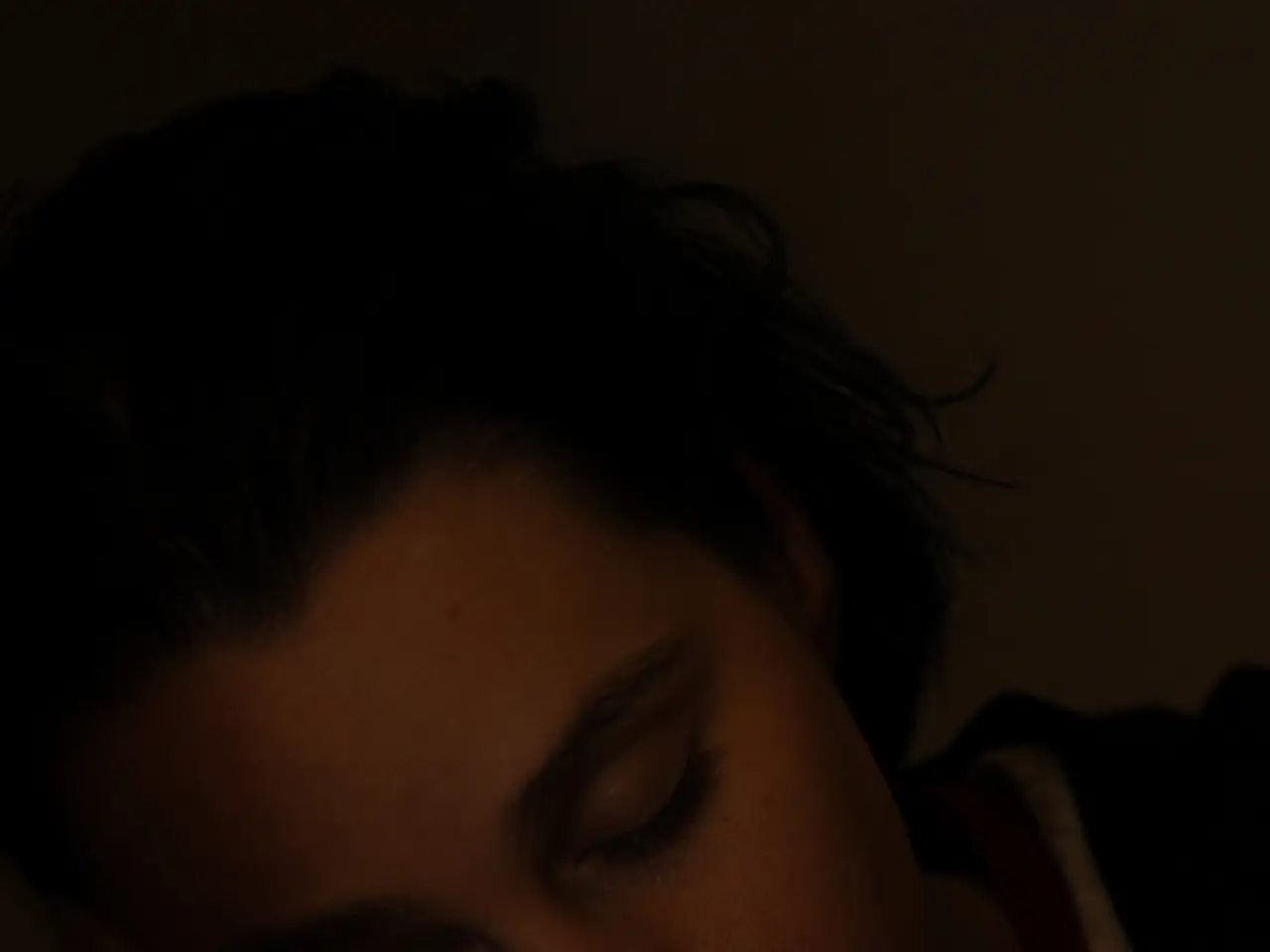Hydroxyzine's Impact on Cannabis Use: An Analysis
Hydroxyzine, an antihistamine with sedative properties, is often prescribed for allergy, anxiety, or nausea. Similarly, cannabis (marijuana) has central nervous system (CNS) depressant effects. When these two substances are used together, they can potentially amplify each other's effects, leading to increased sedation and CNS depression.
The combination of hydroxyzine and cannabis may lead to excessive sedation, causing side effects such as drowsiness, dizziness, confusion, and impaired motor coordination. This increased sedation can also potentially impair a person's ability to perform activities like driving or operating machinery, increasing the risk of accidents.
One of the key concerns with this combination is the potential for additive CNS depression. This can manifest as confusion, difficulty concentrating, and slowed reaction time. Additionally, both substances can lower blood pressure, which can lead to dizziness or fainting in some individuals.
It's important to note that while direct studies on hydroxyzine and cannabis interactions are limited, the known interactions of cannabis with other sedating drugs like benzodiazepines suggest a similar enhanced depressant effect when used with hydroxyzine.
Although the medication label for hydroxyzine does not specifically list issues around using it with cannabis, it is crucial for people who regularly use cannabis to inform their doctor before taking hydroxyzine. This is because the negative effects of either drug may be more noticeable when used together, increasing the risk of a drug overdose.
Moreover, the activity of drugs in the central nervous system may intensify the effects of cannabis, potentially causing slow breathing, trouble thinking clearly, or an overdose. It is possible that hydroxyzine may slow activity in the central nervous system, especially at high doses.
Given these potential risks, it is essential for a person to tell a doctor about all drugs they take, including prescription and over-the-counter drugs, in addition to other substances, such as cannabis. This is to ensure that the healthcare provider can provide appropriate advice and monitor for any adverse effects.
It's also important to discuss any other drugs before taking hydroxyzine because adding a third medication can increase the side effects of hydroxyzine and cannabis. For instance, combining multiple drugs, including alcohol, hydroxyzine, and cannabis, may negatively interact to cause a person to be sleepy or uncoordinated.
While there is no recent evidence suggesting that cannabis dangerously interacts with hydroxyzine, it is important to find a provider who is knowledgeable about cannabis and willing to discuss harm-reduction strategies. This is especially important in states where cannabis is still illegal, as some people may be reluctant to disclose their cannabis use.
Lastly, it's worth noting that using either drug during pregnancy may pose risks to the developing fetus, especially when used during the first trimester. Hydroxyzine is the generic version of the drugs Atarax and Vistaril, and it can treat skin rashes and itching, anxiety, anxiety prior to surgery or anesthetic, and may be used off-label for some other conditions like managing symptoms of asthma.
In summary, while hydroxyzine and cannabis can provide benefits in managing certain conditions, their combined use comes with potential risks. Close medical supervision is advised if both are used concurrently to prevent risky side effects and ensure the safety of the individual.
- Excessive sedation can occur when hydroxyzine, an antihistamine, is combined with cannabis due to their potential to amplify each other's CNS depressant effects.
- The combination of hydroxyzine and cannabis may lead to symptoms like drowsiness, dizziness, and impaired motor coordination.
- Increased sedation from this combination can impair a person's ability to perform activities such as driving or operating machinery, raising the risk of accidents.
- Both hydroxyzine and cannabis can lower blood pressure, potentially causing dizziness or fainting in some individuals.
- Direct studies on hydroxyzine and cannabis interactions are limited, but their known interactions with other sedating drugs like benzodiazepines suggest a similar enhanced depressant effect when used together.
- People who regularly use cannabis should inform their doctor before taking hydroxyzine, as the negative effects of either drug may be more noticeable when used together, increasing the risk of a drug overdose.
- Given the potential risks associated with the combined use of hydroxyzine and cannabis, it's crucial for individuals to communicate with their doctor about all drugs they take, including prescription, over-the-counter, and other substances, to ensure appropriate advice and monitoring.




